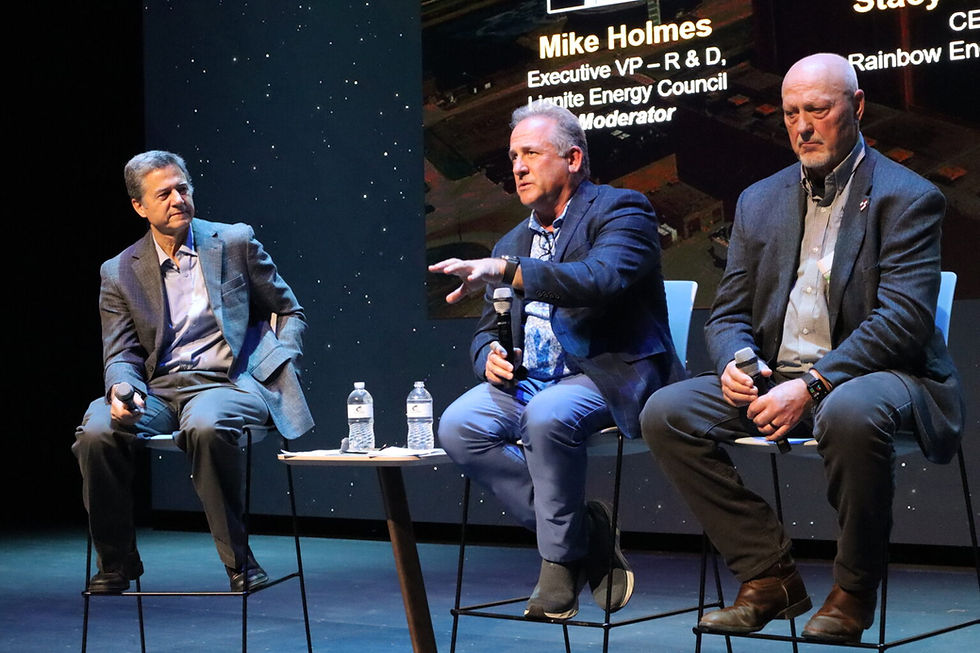Understanding 45Q
- secureenergyfuture
- Mar 24, 2023
- 1 min read

The 45Q tax credit was designed to help further deploy carbon capture throughout the energy sector through incentives. There have been two significant legislative milestones for the credit since 2018. The Carbon Capture Coalition blog helps set the table on phase one:
The Bipartisan Budget Act of 2018 included in its entirety the FUTURE Act introduced in the U.S. Senate in 2017 to extend and reform the 45Q tax credit. Key provisions include:
Increases the credit value incrementally over ten years from $10 to $35 per metric ton of CO2 stored geologically through enhanced oil recovery and from $20 to $50 per ton for saline and other forms of geologic storage.
Provides $35 per ton for CO2 captured and put to beneficial uses beyond EOR that reduce lifecycle emissions.
Authorizes the program for carbon capture projects that commence construction within 7 years from enactment, and projects meeting that timeframe can claim the credit for 12 years after being placed in service.
Following this first phase, the Biden Administration advocated for an expansion of 45Q in the 2022 Inflation Reduction Act. For instance, 'the IRA, significantly increases the Section 45Q tax credit value per ton to $85/metric ton for captured CO2 stored in geologic formations, $60/metric ton for the use of captured carbon emissions, and $60/metric ton for CO2 stored in oil and gas fields if certain wage and apprenticeship requirements are met. This increase in tax credit further incentivizes incorporating CCUS into industrial facility projects with a specific focus on meeting the wage and apprenticeship requirements.'
Several other provisions were enhanced including direct air capture, direct pay, and expansion of project size. You can read more at BakerHostetler's website here.



Comments